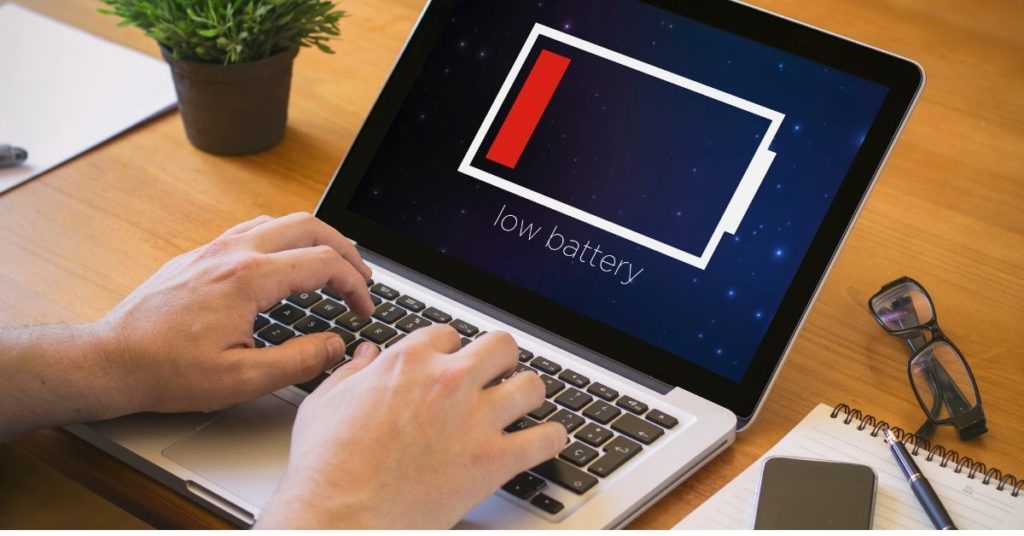
They do how ever have a life time of about two or three years (last I checked anyway) and thus eventually lose their max charge (read time you can run of the battery for). The best thing about Li-ion cells though is that you can just top them up here and there, giving them a bit of power every so often, a full charge. Prevents them getting shorted or having too much current drawn from them. It stops charging the cells when they are full, and stops giving power when they are too low. NOTE THAT I AM TALKING ABOUT CELLS THERE! if they get discharged too much, they can stop working and you will not be able to charge them. A basic Li-ion CELL (cell being the key) is a bit dodgy, if you short them or try to draw too much current they can over heat and explode. Like I said, Li-ion is the technology that is used today, better in more or less every way except it can't provide high current like other batteries (think car lead acid batteries) but this is not an issue for laptops. These USED to be used for laptops as well, so it would have been better to fully discharge your laptop, then let it fully charge up.Ī non-utter crap laptop would then notice that the battery was fully charged, and stop trying to charge it and just run of the mains anyway. Devices like hand drills use Ni-MH (usually) as they can provide high current, but they are prone to 'memory effect' this is basically the cells not losing the full capacity and is caused by charging the battery here and there, a bit at a time.

for the last few years more or less every device with a (semi) integrated battery will be using li-ion.

A lot of people seem to be still giving information about old technologies.


 0 kommentar(er)
0 kommentar(er)
